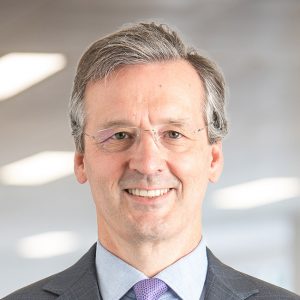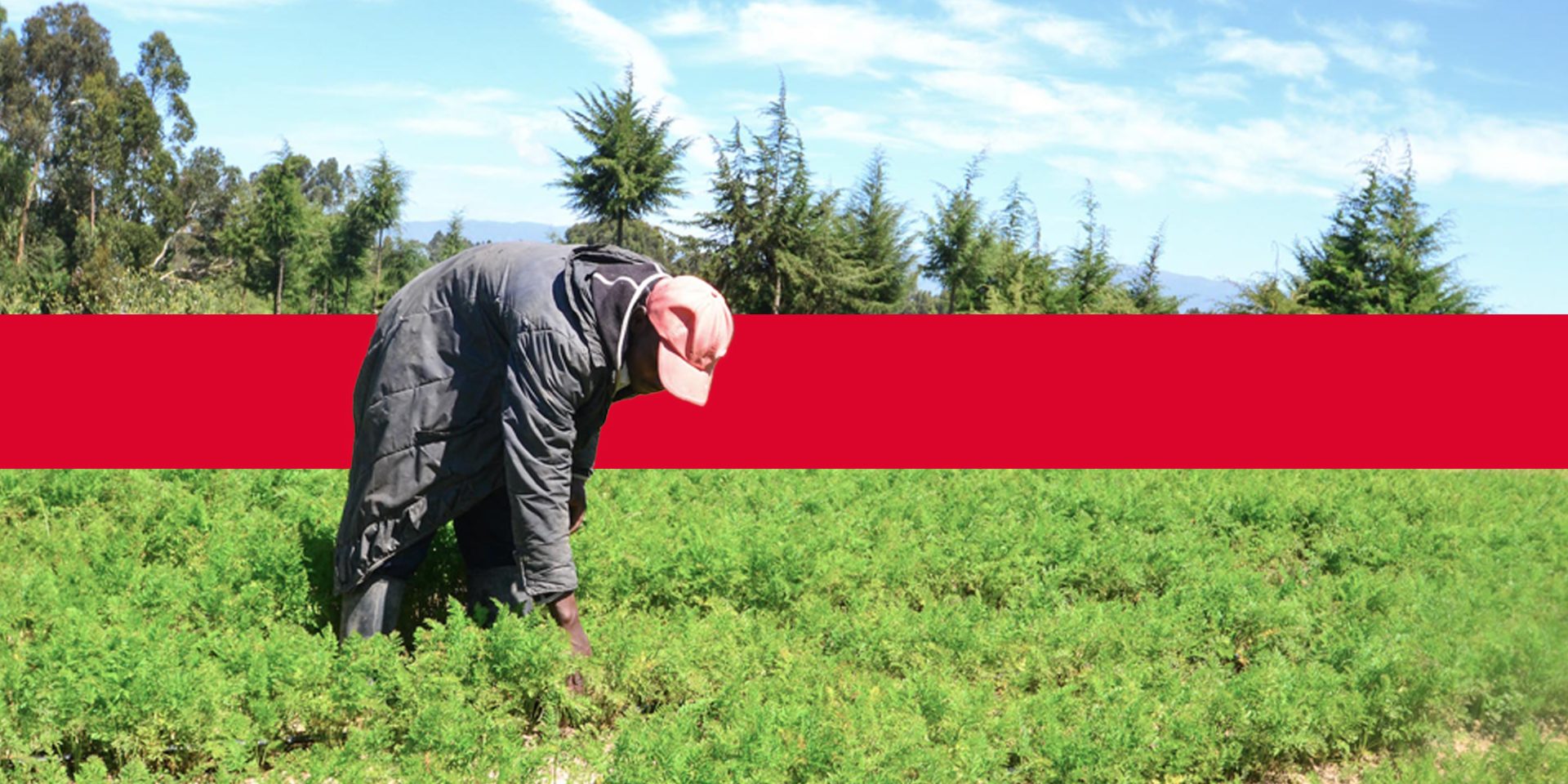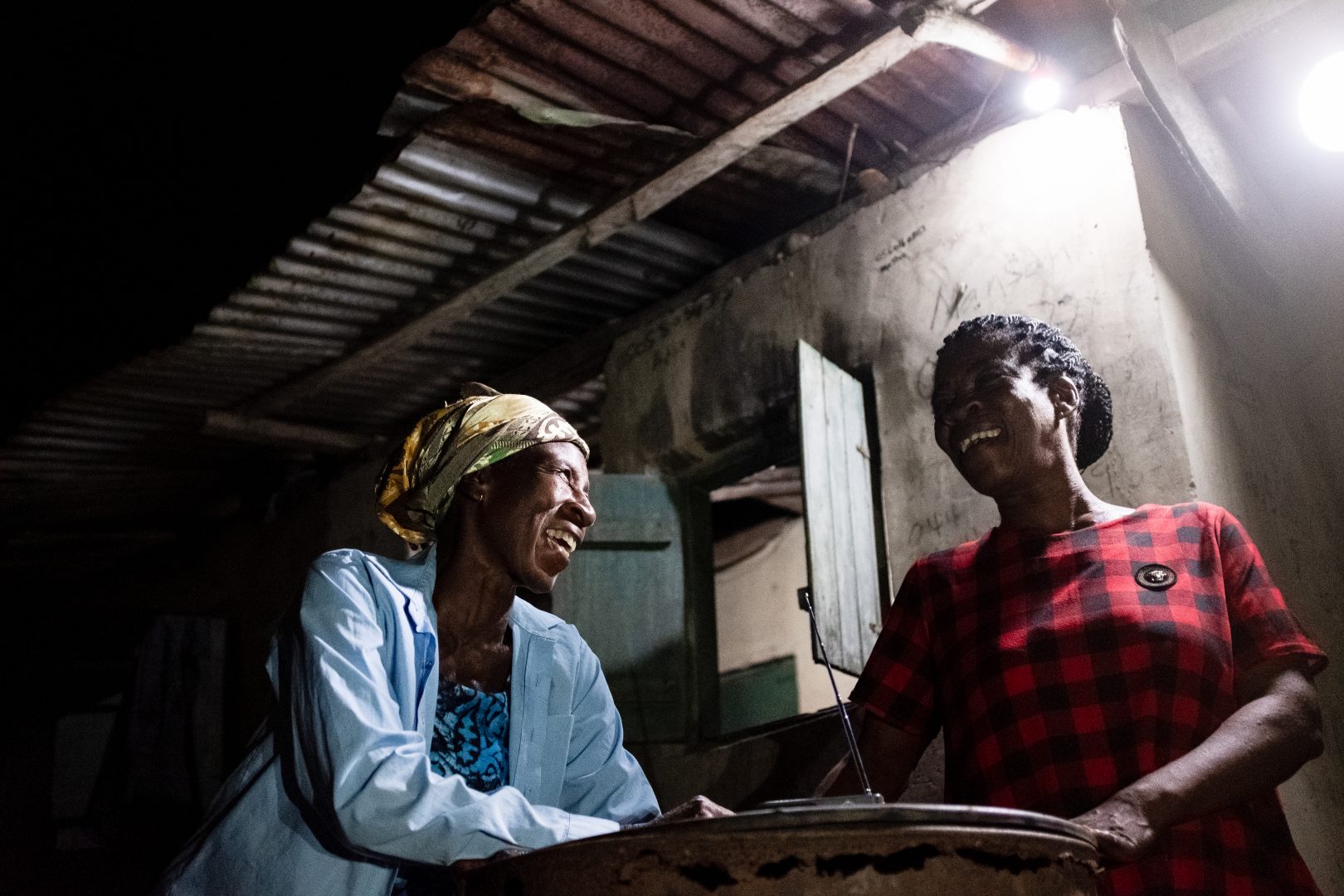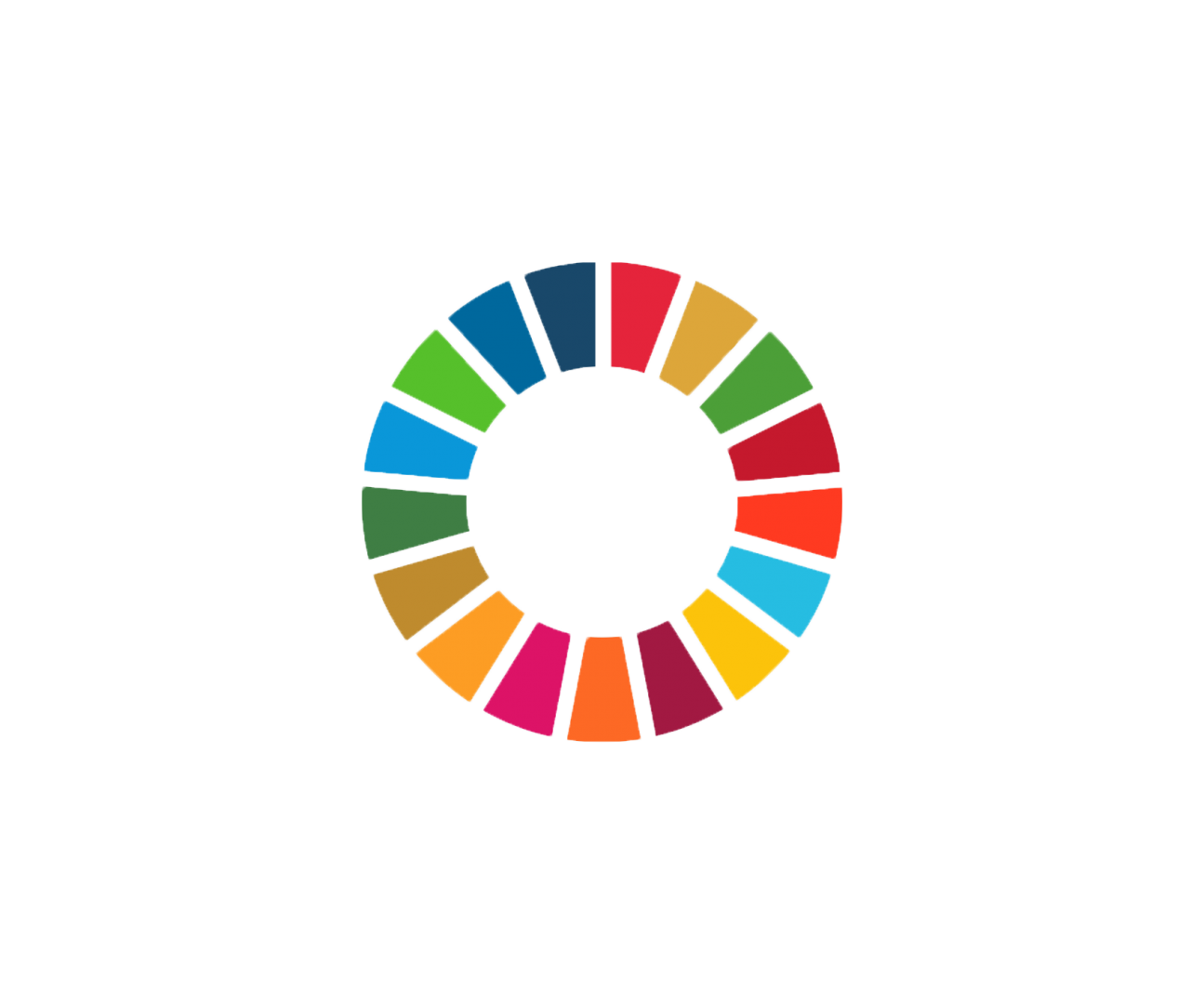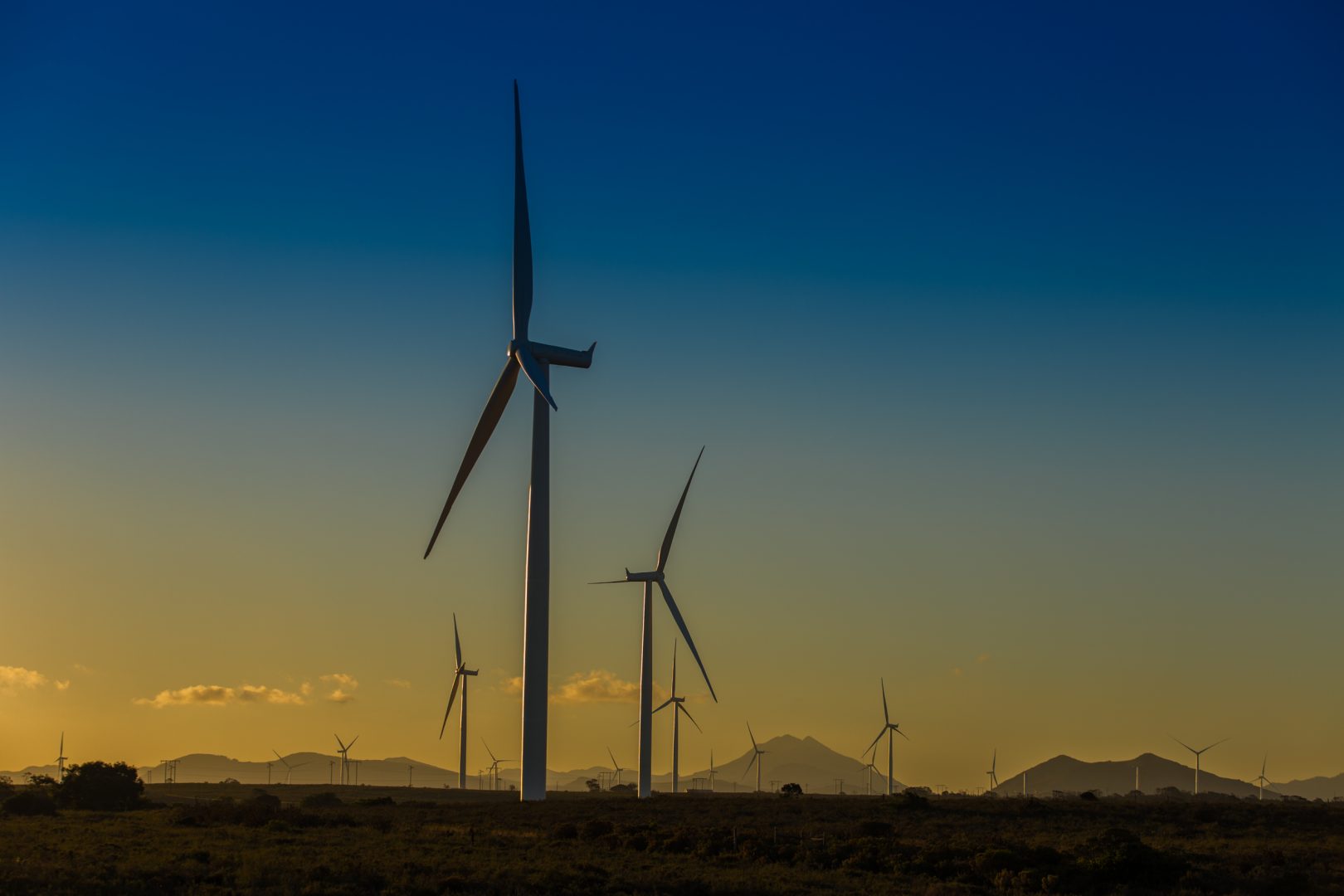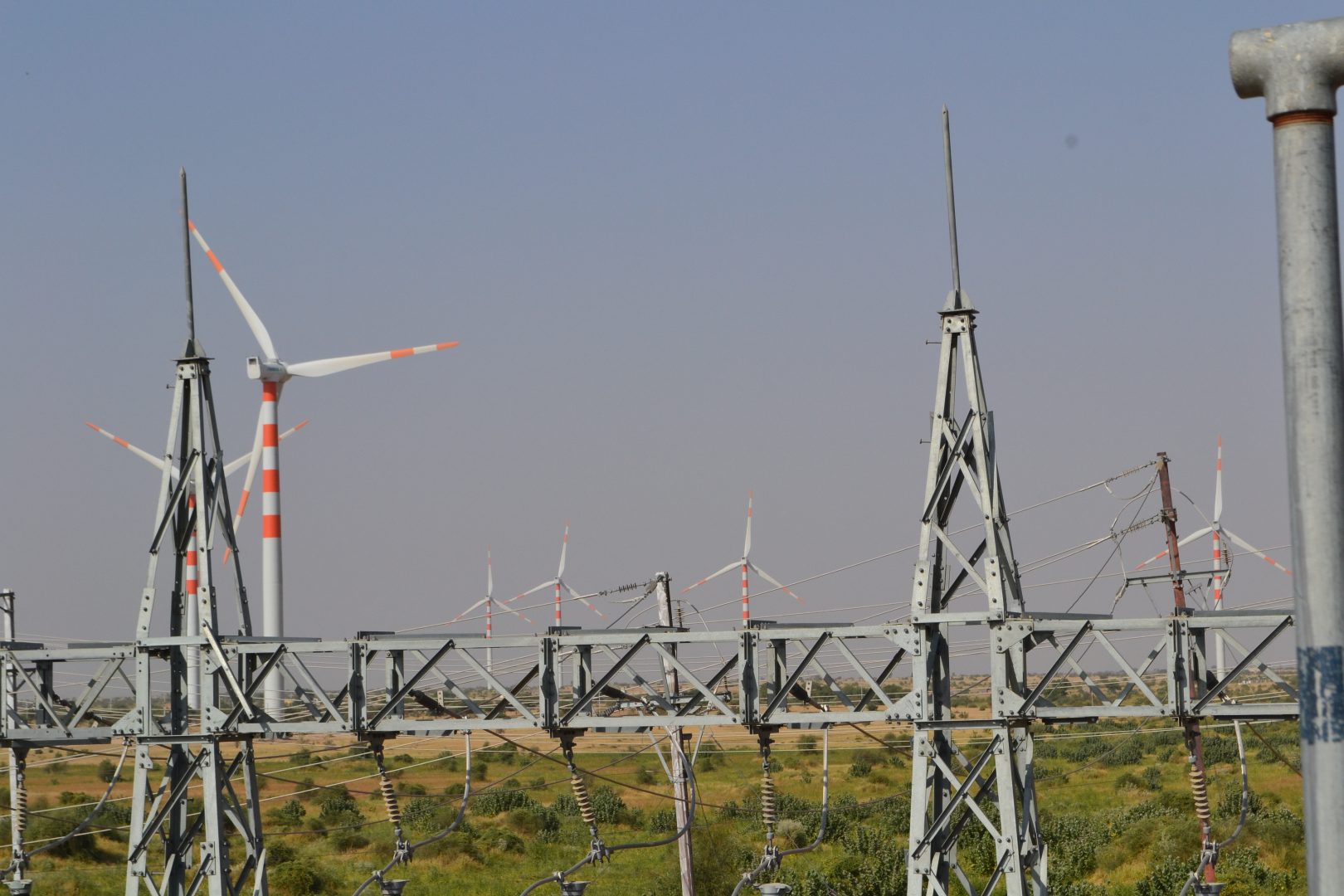This article was written for Impact Alpha and originally published here.
Power is critical to Africa’s development. At least 600 million people across the continent don’t have access to affordable and reliable power. That lack of access remains one of the biggest barriers to poverty reduction and economic growth.
“Billions of people simply lack enough energy to build a better life,” Kenyan energy researcher Dr. Rose M. Mutiso says in this powerful TED talk. “Affordable, abundant and reliable energy to run their businesses without daily blackouts, to preserve their crops from rotting, to power life-saving medical equipment…to run trains and factories. Basically, to grow and to prosper and to access both dignity and opportunity.”
At the same time, climate change remains the single largest challenge faced by the planet and is the defining issue for our generation and for those who will follow. Collectively, we need to operate within the remaining global carbon budget to limit global warming to 1.5°C. That is non-negotiable.
And in those two issues lies one of the biggest questions for global development, and for CDC, as a development finance institution, to tackle. How do we support economic transformation that 1) delivers on people’s needs for prosperity and improved living standards, and 2) builds the foundations for increasing resilience and net zero emissions by 2050?
Dr. Mutiso has this to say about the current situation: “The world is looking at Africa in a completely contradictory way. On one side, it wants us to grow, to emerge from abject poverty, to build a middle class…On the other side, because they’re anxious to demonstrate action on climate change, rich countries in the west are increasingly restricting their funding to only renewable energy sources, effectively telling Africa and other poor nations to either develop with no carbon or limit their development ambitions altogether.”
How do we support African countries in their transition to net-zero emissions in a way that makes sense for them; that responds to their needs and the situation they face? And how do we move from a focus on reducing emissions, to the challenge that Africa faces – on keeping emissions low but also meeting the huge development needs of a rapidly increasing population?
During London Climate Action Week, I participated in an event that looked at this important question of pathways to net-zero emissions for African countries. South Africa is currently the only African country that has made a commitment to net zero by 2050. The challenge is that it’s not yet clear what the pathways will look like in practice. And that’s because, right now, there’s not enough consensus on which models and technologies are viable, what sectors to focus on, and what trade-offs to make between carbon emissions and development.
What we do know is that having clear pathways is essential if organisations like CDC can best support Africa’s transition to net-zero emissions. We also know that the path each African country takes will look different, because each country’s situation is unique.
As Damilola Ogunbiyi, special representative and CEO of Sustainable Energy for All and co-chair of United Nations-Energy, pointed out at the London Climate Action Week event, “It’s important to stop looking at Africa-wide solutions because there isn’t one…It is a continent, it is not a country, and looking at what are those individual pathways, the investment opportunities, and the socioeconomic dimensions are critical.”
Front lines
We should also remember the context that sits behind all this: Africa is not the culprit behind climate change, yet it is already feeling its impact.
First, while countries all over the world are experiencing the impact of climate change, it is Africa, and its more than one billion people, that are among the most vulnerable to the worst impacts of extreme weather, drought and heat.And while they are most at risk, they are also the least prepared.
Second, Africa’s carbon footprint pales into insignificance when compared with global figures. For example, the entire continent emits about 2% of global emissions. And it’s estimated that even if Africa tripled its electricity consumption overnight, and even if all that new power came from natural gas fired plants, the additional carbon dioxide that Africa would add would only equal 1% of total global emissions.
The fight against climate change is not only one of minimising the inevitable increase in global temperatures, or climate change ‘mitigation’. It is also about supporting countries to adapt and become more resilient to existing climate impacts and future threats.
As former UN Secretary General Ban Ki-moon, now chair of the Global Center on Adaptation, said at a recent event we held on climate adaptation and resilience: “Mitigation and adaptation are two ways of addressing climate change…but they should go together hand in hand. They are two equally important building blocks of the Paris Climate Change Agreement.”
That’s particularly important for countries in Africa that are already vulnerable to climate shocks – and witnessing it first hand – but cannot bear the cost of adaptation.
We know there’s a clear gap between the need for investment in climate change adaptation and resilience approaches, and the reality of current financing. While current estimates from the United Nations put the need at $300 billion per year, international financial flows to adaptation and resilience are estimated at only $30 billion per year.
Tackling this need for climate adaptation and resilience is a priority for us at CDC. The approach we’re taking is to ensure all our investments are resilient to climate-related impacts, and to invest more in the companies that deliver adaptation and resiliency solutions at the local level.
While the opportunities we’re seeing are promising, in most countries where we invest the capabilities and markets for investments, products or services in adaptation and resilience are only just emerging. We need greater collaboration – between governments, development banks, development finance institutions, impact investors and the private sector – if we’re going to grow the local markets and businesses needed to adapt to the climate impacts African countries are vulnerable to. Which is why we’ve committed, with other organisations, to work together on a range of initiatives on adaptation and resilience.
So, with COP26 just under a year away, the world can support Africa in both its climate and its development needs. First, solving the challenge of Africa’s net-zero emissions pathways is fundamental both for addressing the climate emergency, and for ensuring that Africa plays its full part in a way that works for its people.
And second, long-term private sector growth and job creation will depend not just on institutions collaborating to provide capital, but on ensuring the companies receiving that capital are resilient to climate change and developing solutions to address its impact.
This article was written for Impact Alpha and originally published here.

